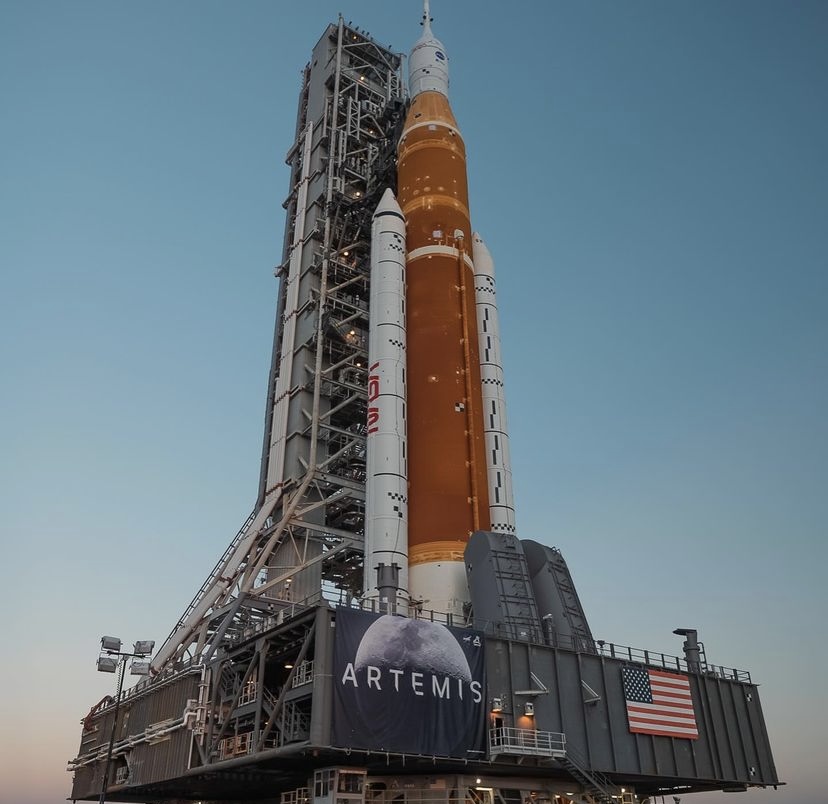In the last nearly 50 years, NASA has not landed a single person on the moon. On December 19, 1972, Apollo 17 was the last mission astronauts stepped on its surface. However, a new resurgence in space exploration is expected to take place with the upcoming Artemis missions.
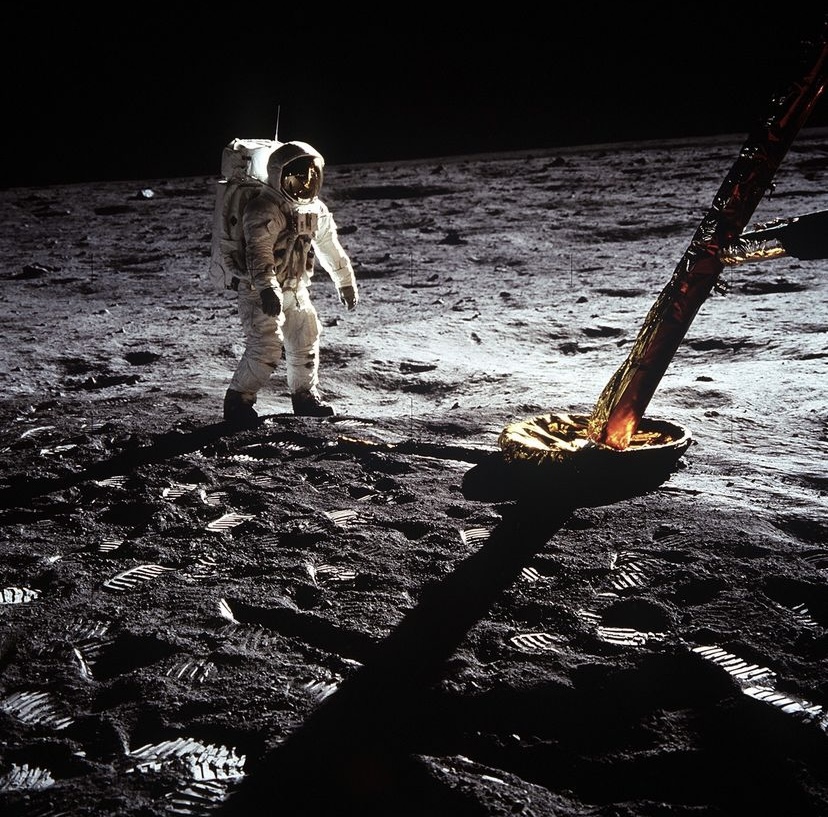
What is the Artemis Mission?
The Artemis Mission was announced in September 2020, with the initial intention of sending astronauts to the moon by the year 2024. Recent developments have lead that deadline become less concrete, and potentially subject to change. There is, of course, a lot of work and steps that go into sending people to the moon. As of September 20, 2023, the Artemis II crew and teams completed their first step in the seven-step Artemis II Ground Systems Testing.
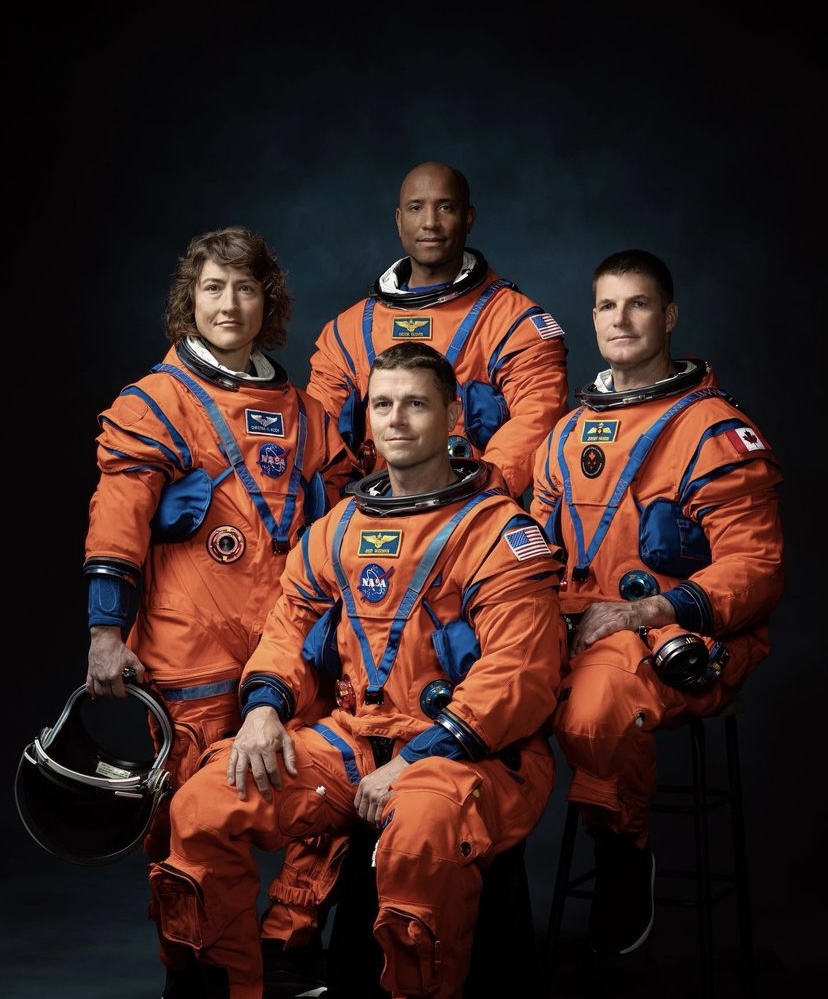
Meet The Team
The crew of astronauts venturing to the moon consists of four people: three men and one woman. In exciting news, NASA astronaut Christina Koch, Artemis II Mission Specialist will be the first woman to go to the moon. In addition, the men include NASA astronaut Victor Glover, Artemis II Pilot, CSA (Canadian Space Agency) astronaut Jeremy Hansen, Artemis II Mission Specialist, and NASA astronaut Reid Wiseman, Artemis II Mission Commander. Also making history, NASA astronaut Victor Glover will be the first person of color to land on the moon.
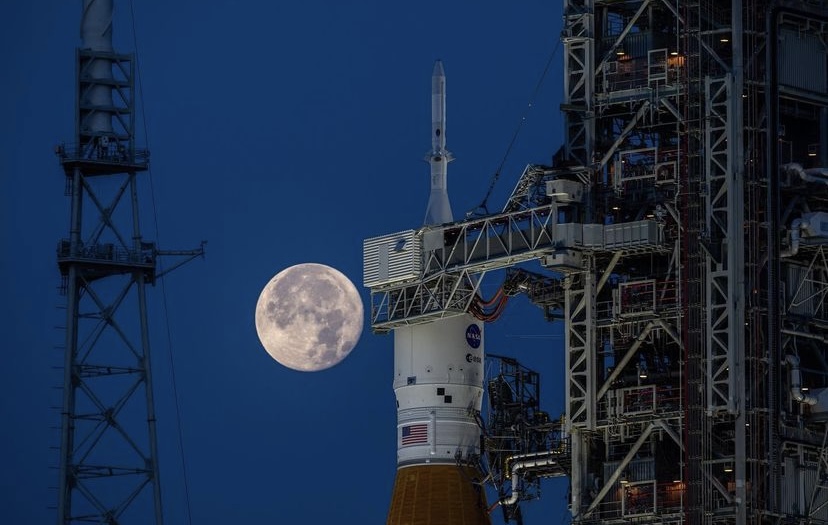
Recent News
Although there will not be human beings traveling to space this year, the first part of the Artemis missions has commenced. NASA’s VIPER, which is short for Volatiles Investigating Polar Exploration Rover (what a mouthful), will land on the moon in 2024 on its 100-day mission. This will help NASA gather information on the conditions the astronauts will be sent into. VIPER is guided by both a team of humans, as well as elements of artificial intelligence. This aspect of AI will help VIPER figure out paths, determine risks and choose landing spots.
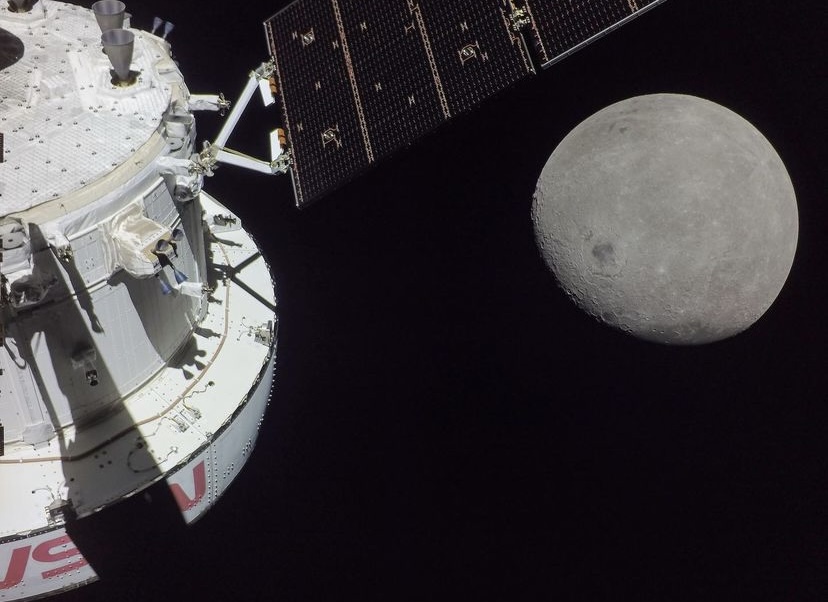
The Overall Mission
Clearly, this multi-step mission will take years to complete. The mission of sending humans 250,000 miles to the Moon is a great task. NASA plans to use this mission and its discoveries to achieve its greater goal, sending humans to Mars. The idea of human exploration of Mars seems rather intangible in our lifetime, however we are closer than some might think. Not to say it will happen in the next few years, but the chances of us watching people, or some of us even going to Mars, are ever-increasing. Nonetheless, let us first get to the Moon again before we think about sending astronauts 140 million miles to Mars.
Tweet us, @VALLEYmag, with your thoughts about going to the Moon and Mars.

